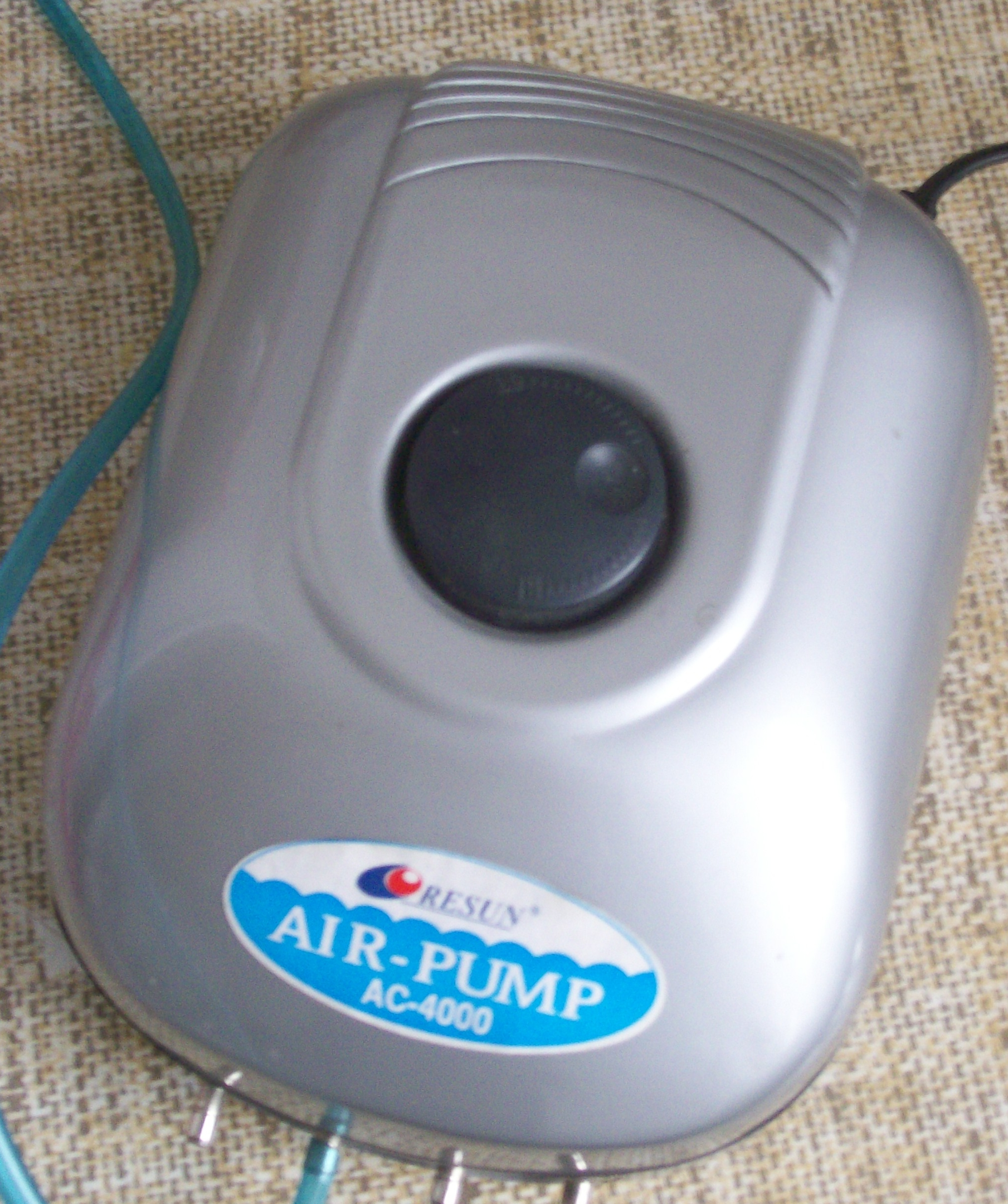How to improve water circulation on aquarium sponge filters
Sponge filters are a widely favored choice for aquarium filtration due to their efficient design and gentle operation. These filters consist of a sponge that provides mechanical and biological filtration by trapping debris and hosting beneficial bacteria. This setup is ideal for maintaining a healthy aquarium environment without disturbing delicate fish or fry.
Understanding sponge filter how it works is essential for anyone using this type of filtration system. Essentially, water is drawn through the sponge by an air pump, which creates bubbles that circulate the water. This process ensures that the sponge can effectively filter and clean the water in your aquarium.

Understanding Water Flow Dynamics
The effectiveness of a sponge filter largely depends on the dynamics of water flow. Water circulation through the sponge is crucial as it ensures that debris and toxins are consistently removed from the tank. Proper water flow helps maintain a balanced ecosystem and prevents the accumulation of harmful substances.
What helps circulate water through the sponge is the action of the air pump, which produces bubbles that create a flow of water. This movement ensures that all areas of the sponge are used for filtration, enhancing the overall efficiency of the sponge air filter.

Choosing the Right Sponge Filter Size
Selecting the appropriate size for your sponge air filter is crucial for optimal water circulation and filtration. A filter that is too small may not adequately process the water in your tank, while a filter that is too large can create excessive water movement. It's important to match the filter size to your tank's volume and requirements.
The right sponge filter will ensure efficient circulation and effective cleaning. By choosing a filter that fits your aquarium's needs, you can improve water flow and maintain a healthier aquatic environment.
Placement of Sponge Filters in the Aquarium
Proper placement of the sponge filter in your aquarium is key to maximizing water circulation. Positioning the filter in an area with good water flow will enhance its performance and ensure that the entire tank benefits from its filtration capabilities. Avoid placing the filter where it might be obstructed by tank decorations or equipment.
The strategic placement of your sponge air filter ensures that what helps circulate water through the sponge is optimized. By ensuring that water flows freely through the sponge, you enhance its ability to clean and maintain the water quality in your aquarium.
Adjusting Air Pump Output
Adjusting the air pump output is crucial for optimizing water circulation in your aquarium. The strength of the air pump directly affects the airflow through the uplift tube and the overall effectiveness of the sponge filter. To ensure proper filtration, you need to balance the pump’s output to match the size of your fish tank.
If the air pump is too strong, it can cause excessive airflow, potentially disturbing the water surface and creating turbulence. On the other hand, a weak pump might not provide sufficient airflow through the uplift tube, leading to ineffective filtration. Adjust the pump until you find a balance that maintains good water movement and filtration throughout the tank.

Cleaning and Maintaining Sponge Filters
Regular cleaning of your sponge filter is essential for maintaining its performance. Over time, the sponge can become dirty, which impairs its ability to filter water effectively. To clean the filter, carefully remove the sponge from the housing, rinse it with aquarium water, and ensure that the uplift tube and air collar are also free from debris.
During maintenance, check the airline tubing for any blockages or kinks that might affect the airflow. Replace any damaged air collar or uplift tube components to ensure that air and water flow smoothly through the filter. Regular water changes can also help reduce the buildup of waste and keep the filter running efficiently. Proper upkeep of these components will enhance the health of your aquatic environment.
Using Multiple Sponge Filters
Using multiple sponge filters can significantly enhance the filtration and water circulation in your fish tank. By adding more filters, you increase the overall surface area for biological filtration, which helps maintain a healthier aquatic environment. This setup can be particularly beneficial in larger tanks where a single sponge filter might not provide sufficient coverage.
When placing multiple filters, ensure that each uplift tube is positioned to optimize airflow throughout the tank. Arrange the sponge filters strategically to cover different areas of the tank, ensuring even water movement and effective debris removal. This approach helps maintain consistent gas exchange and prevents any part of the tank from becoming stagnant.
Enhancing Water Flow with Air Stones
Incorporating air stones into your aquarium setup can further improve water flow and circulation. Air stones create a fine stream of bubbles that helps to distribute water more evenly throughout the tank, enhancing the movement of water through the uplift tube and sponge filter.
Position the air stones near the sponge filter to boost the effectiveness of the filtration process. The bubbles from the air stones will help to lift water through the uplift tube, promoting better circulation and reducing areas of low water movement. Proper placement of air stones ensures that the entire tank benefits from increased water flow and effective filtration.
Implementing Sponge Filter Mods
Implementing sponge filter mods can greatly enhance water circulation and overall filtration efficiency in your tank. One effective modification is to upgrade the air collar or uplift tube to improve airflow. A larger air collar can increase the volume of air drawn through the sponge, enhancing its performance.
Another useful mod involves adjusting the length of the uplift tube or adding airline tubing to optimize the position of the sponge filter. This adjustment can help ensure that water moves more effectively through the filter and that the entire tank benefits from improved circulation. These modifications help to prevent areas of stagnant water and promote better health for your aquatic life.
Managing Aquarium Decor and Equipment
Proper management of aquarium decor and equipment is essential for maintaining optimal water circulation. Objects in the tank can obstruct the flow of water through the uplift tube and the sponge filter, which can reduce the effectiveness of filtration. Ensure that decorations are placed in a way that allows for unobstructed water movement.
Additionally, check that airline tubing and other equipment are correctly positioned and free from kinks or blockages. Proper arrangement of tank decor and equipment helps to maintain consistent airflow and ensures that the air collarand uplift tube operate efficiently. This setup prevents the accumulation of dirty areas and supports the overall healthof the aquarium environment.
Integrating Sponge Filters with CO2 Injection Systems
Integrating a sponge filter with a CO2 injection system can be beneficial for planted aquariums, where efficient gas exchange is crucial. Sponge filters are effective in providing mechanical and biological filtration, but they can also play a role in optimizing CO2 distribution throughout the tank.
When using CO2 injection, it’s important to position the sponge filter in a way that promotes even distribution of CO2. The airflow created by the sponge filter can help diffuse CO2 more effectively throughout the tank, ensuring that plants receive adequate carbon for photosynthesis. Place the sponge filter so that it does not interfere with the CO2 diffusion but rather helps in evenly dispersing the CO2
Monitoring and Adjusting Water Parameters
Regularly monitoring and adjusting water parameters is crucial for maintaining the effectiveness of your sponge filter and ensuring a healthy environment for your aquatic life. Keep an eye on the water surface and check for any signs of insufficient gas exchange or stagnant areas in the tank. Proper gas exchange helps in oxygenating the water and removing carbon dioxide, which is essential for fish health.
If you notice that the water flow is not as effective as it should be, it might be time to adjust the air pump or check the condition of your airline tubing and uplift tube. Ensuring that these components are functioning properly will help in maintaining consistent airflow and improve the overall filtration of your tank.
Conclusion
In conclusion, improving water circulation on aquarium sponge filters involves a combination of proper maintenance, strategic placement, and thoughtful modifications. By understanding how sponge filter works, choosing the right size, and adjusting components like the air collar, uplift tube, and air stones, you can significantly enhance the efficiency of your sponge filter.
Regular upkeep, including cleaning the sponge filter and checking for blockages in the airline tubing, is essential for sustaining optimal airflow and ensuring the health of your aquatic environment. Implementing these tips will help keep your tank clean, well-filtered, and conducive to the well-being of your fish and other aquatic inhabitants.
Meet our bestseller! The Pro-Elite Series Complete Aquarium CO2 System with New Inline CO2 Diffuser!





